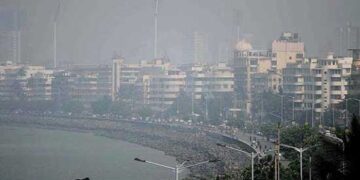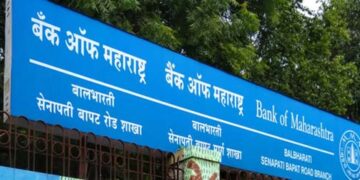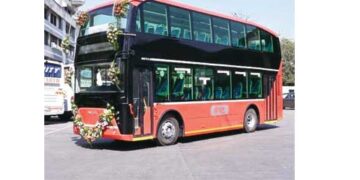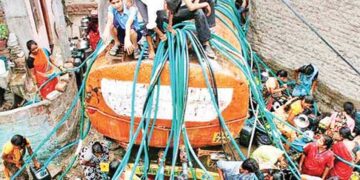Team Blitz India
MUMBAI: The winter deterioration in air quality in Mumbai is fast becoming an annual talking point, just like it has been in Delhi for the past decade.
Extensive construction work, including buildings, metro projects, and road development, affects air quality. Emissions from construction activities and dust particles become trapped in the air due to slow wind speeds.
On many days, Mumbai’s air quality even falls below Delhi’s. Experts attribute this to slowdown of natural sea breeze which helps to control pollution. Changing weather patterns due to global warming have disrupted this natural cleansing.
Coastal cities like Mumbai typically experience wind reversals every three-four days with winds of 12- 13 kmph, aiding in dispersing air pollutants and particulate matter. Recent years have seen wind speed drop to around 4-5 kmph, leading to pollutants being trapped in the air.
Vehicular emissions contribute to 20 per cent of Mumbai’s total emissions. Solid waste adds another 8 per cent to the pollution levels. Air quality in Mumbai has suffered during the winter months, with more poor air quality days compared to previous years. Out of the past 92 winter days, 66 had poor air quality in 2022-23, a stark increase from the previous three years.
Smog in Mumbai delayed trains and prompted a health advisory near Chhatrapati Shivaji Terminus, warning that it could cause respiratory problems.
Areas like Mankhurd, Govandi, and Deonar which host many industrial units experience heavy traffic congestion and suffer from high air pollution levels.
The National Clean Air Programme (NCAP) aims to reduce particulate matter concentration by 40 per cent in covered cities by 2026. To achieve this goal, concerted efforts from the government, businesses, and the public are required.
































